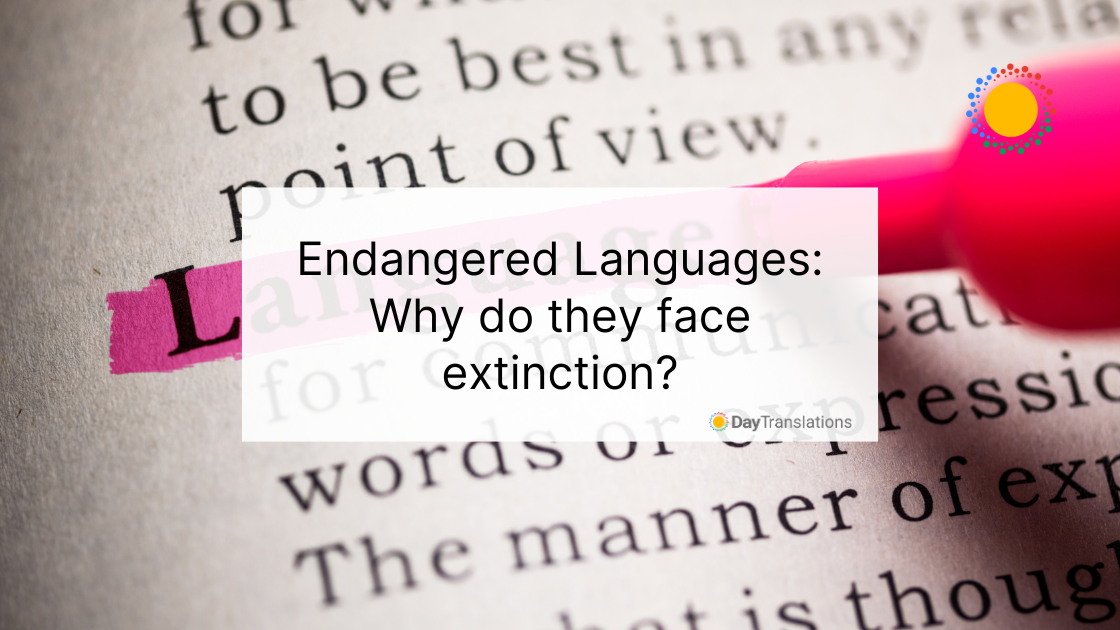Multimedia or audiovisual translation is the new perspective on how people communicate, said the Director of the Centre for Translation Studies at University College London, Professor Jorge Diaz-Cintas.
Two Leaders Speak in Different Languages
Translation of audio and video materials is very important in the general scheme of global communication. Today, broadcast stations will be closely monitoring the summit meeting between U.S. President Donald Trump and North Korea’s reclusive leader, Kim Jong Un. The summit is held in a resort in Singapore. As the two leaders speak different languages, they would be using interpreters. In the early part of their meeting that lasted for 40 minutes, they had a one-on-one talk, with only their interpreters in attendance. Only after they finished their one-on-one did they allow their advisers to join them. In meetings such as this, more people realize the critical value of interpreters and translators.
This is a momentous occasion and the entire world is watching. This means that their meeting, while broadcast live in many parts of the world, would later be subtitled and dubbed so that more viewers would be able to watch and understand the results of their talks. Dubbers and subtitles would have to work hard and fast to prepare the summit videos for broadcast. That’s how vital subtitlers and dubbers are to the broadcast industry.
This is the first time that a leader from North Korea and an incumbent president of the United States are meeting. The North Korean leader is very much aware that the entire world is watching, he remarks that the meeting might be taken as a scene from a science fiction or a fantasy movie.
New ways to communicate
Audiovisual translation is not a new concept in the language services industry, but the current high subscription rate for video on-demand opens more opportunities for the service.
Today, more and more people around the world are able to enjoy more audiovisual forms of entertainment because they are made available in several languages. Previously there was a high demand for translated books and other literary publications. Although this is still on going, the increased consumption of digital video has put the focus on audiovisual translation. As Slator reports, over 62% of online users around the world would be able to enjoy more digital video in 2018 as the Internet population worldwide has reached about 3.5 billion at the end of year 2017.
Due to this, the demand for video localization is sky-high. According to Slator, media localization would be a multi-billion dollar industry in Africa, Middle East and Europe before the year 2020 comes around.
More requirements than standard translation
The requirements for media content localization are more than just linguistic translation. It is about dialogue recreation in various languages, timing and deeper understanding of local culture of the source of content. At the same time, it is about working on the parameters and limitations of localizing the material. An important factor that should be considered is the availability of professional translators to work in this particular field.
We are talking about the voice actors, linguistic experts and dubbers and subtitling experts. Audiovisual content combines languages, music, sound and images, all of which affect the process of multimedia or audiovisual translation.
“The talent crunch is very real” – S. Hopwood
It’s great for the language services industry that it is getting more recognition for its valued contribution to world communication. The new and higher demand for multimedia localization is another major boost for the industry. But as Day Translations CEO Sean Hopwood succinctly puts it when interviewed by Slator, the talent crunch is very real. The demand for the services is there, but the more pressing issue is the availability of skilled and experienced talents for dubbing and subtitling. Mr. Hopwood added that right now the lack of talents is a fact. He suggests that language services companies hire professionals who have higher skills in the target languages by looking for native speakers in the target territories.
In terms of pricing, Mr. Hopwood said that Day Translations currently charge between $5 and $7 for each video minute. He added that this is a fair rate right now but if the high demand and the lack of talent continue, the translation rate might increase.
Parameters and limitations of subtitling
Video viewers enjoy subtitled multimedia content as they can enjoy the material, because they understand the dialogue in their own language or in a language that they are familiar with. So now, more people around the world are able to enjoy movies, music videos, documentaries and other multimedia content from various countries.
But while you enjoy the final product, the process of putting subtitles to these audiovisual (A/V) materials is quite difficult. In industry parlance, subtitling is called subordinate translation, because the result is affected directly by the restrictions in space and time. The images and the audio have a big effect on the process as well.
In subtitling, the space available for translation is limited to two lines, usually centered at the lower part of the screen. Each line can only have 35 characters including space, symbols and letters, thus the maximum number of letters in two lines of subtitle is 70.
In terms of time limitations, the subtitle can be seen on screen between one second and six seconds only.
These limitations on the character and subtitle display are based on the reading speed average. Three seconds is the estimated average reading speed. Therefore, reading 2 lines of subtitles with 70 characters or approximately 12 words could would take about four seconds for an average and normal reader. Six seconds thus gives an allowance for people who read slower.
Subtitling has a technical aspect as well, called spotting. This is how the translator calculates the time that subtitles should be on and off the screen, as the subtitles and the audio must be synchronized. Camera shots and changes in the scenes are also considered when spotting the subtitles.
There are more requirements for subtitles. Because of the constraints in time and space, subtitlers must also condense the original dialogue, meaning they not only aim to translate what is being said clearly and concisely but they should also get the gist of each line of dialogue.
On the other hand, another level of complexity is present in dubbing. The voice actors must be able to catch the subtleties and the nuances of the original dialogue and express them in the new language, also taking the cultural construct into consideration.
Conclusion
The opportunities for audiovisual translation are widespread. The demand is spreading in many parts of the world. The tech giants and video on-demand suppliers are opening new markets in Southeast Asia, East Asia, Latin America, and the Middle East. This is great news for the language services industry, but as Mr. Hopwood said, there should also be more professional translators with the right skills and experience to do the job.














Sorry, the comment form is closed at this time.